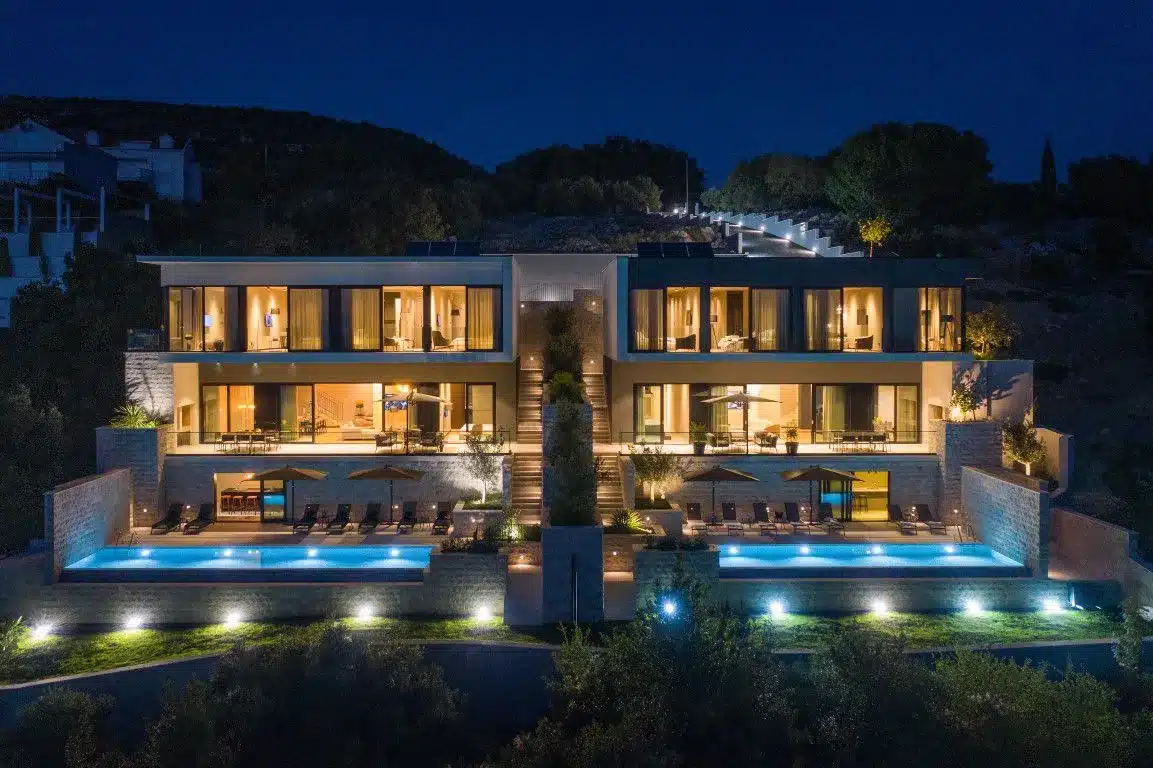An Oman Family Holiday
Sometimes there is a destination in the world that was never on your radar but subconsciously you keep hearing positive references to it. At first, you don’t take it in, however, there comes a point, with so many glowing references being shared, that your attention is finally caught and you have to find out what all the fuss is about.
This has been the case with me in Oman. When the company I most recently worked for decided to launch a selection of holidays, it was time to understand why there has been this outpouring of affection for this relatively unknown corner of the Middle East.
Thankfully at Beachcomber Tours, there is someone who truly knows her stuff and takes it upon herself to discover the true heart of a country before unleashing her knowledge to the wider audience – that person is Jo Dickie who has visited on business and for her Oman family holiday. Here is what she has made of Oman during her visits.
A Unique Yet Unknown Paradise
I have a confession to make, I might have painted the country of Oman with the same brush when I first heard about it. I just assumed it would be just another country in the Middle East, all glitzy glamorous hotels and amazing shining skyscrapers. Having been to Dubai and Abu Dhabi I just thought it would be another tick box like them… how wrong was I!!
Oman is so diverse, from the ancient forts in Nizwa, the abandoned villages in the Palmaries, the breathtaking views in the Jebal Akdhar Mountains, the Musandam peninsula in the north and the green tropics of Salalah in the South. Natural wadis to explore, the incredible deserts, the wild and marine-rich coastal areas and the most friendly and welcoming people. It has been THE most amazing and surprising place I have ever visited. I went three times in 2019 as I just had to explore more and more!
My first visit took me to Muscat, Nizwa and the mountains of Jebal Akdhar. The Desert at Bidiyah and Wadi Bani Khalid and then down to Salalah in the South.
We had the most amazing guide Ahmed (follow @OmanHoliday on Instagram for inspiring photos!) he was patient and happy to answer all my questions about the country, and the Bedouin lifestyle and had so much knowledge of his beautiful country, he is truly proud of his heritage and enjoys sharing his passion to make sure his guests experience the best of Oman.
Nizwa
After our first night in Muscat, we were taken to Nizwa, the impressive ancient fort was fascinating to explore learning about the many defence tactics used all those years ago! The Friday market here is a real eye-opener to the ancient times too and has to be seen, organised chaos comes to mind! The souk is another favourite to be explored, with little alleyways full of mystery and so many local things to buy with a fun haggle with the locals from textiles, silverware and jewellery and of course dates, nuts, spices and lots of pottery!
We travelled up to the mountains, where the village at Jebal Akdhar stands at over 2000m, as you wander the streets there are no street names or numbers but the personalised doors, with stars and symbols, are the way the houses are identified.
Jebal Akdhar
Two hotels up here give a real sense of escapism, Alila and the Anantara Jebal Akdhar with incredible views of the gorges and mountain ranges. Both are relaxing with amazing spas and offer treks and activities whilst in the area. Travelling down the next day to the Desert, when the dunes appear before you, the camels freely roam and realise how remote you are. How can people live here?!
We met our guide’s family at their camp. We enjoyed coffee and dates and were shown true Bedouin hospitality by being invited back the next day for Omani breakfast. The Desert has so much nature and the best dark skies for star gazing.
There is something so special about being out in the Desert and visiting this area shouldn’t be missed.
Salalah
In the last part of this trip, we visited the tropical south of Oman, Salalah. It is a beach paradise, open wide Sandy beaches with no one in sight, it’s much quieter in the south and has more of a beach vibe, this area is mainly known for the Frankincense that grows here and from June to September the Monsoon season which is high season for the locals as they flock here for the rain!
Wadi Shad
After returning from such an adventure, I booked an Oman family holiday as I couldn’t wait to explore more of this beautiful country of Oman. I decided to take my boys to stay at the Shangri La Al Waha for family time. This is a fantastic family resort part of the Barr Al Jissah, my boys especially loved it here, soft play, slides and the lazy river pool but it was also the perfect base to see more of Muscat and for a long day out to explore Wadi Shad, a huge gorge with a river running through it about a 90-minute drive.
As you meander deeper into the Wadi there are freshwater pools which are perfect for a refreshing dip, you can swim up and through the pools, until you come to a cave at the end and are rewarded with a beautiful cascade inside, we drove back via the Bimmah sinkhole, where locals were climbing high and diving into the water.
Musandam
In November I was able to visit the Musandam region whilst staying in Ras Al Khaimah… I chose the more adventurous transfer of flying into the resort by paragliding off the mountains into Zighy Bay, otherwise, arrivals by speedboat or 4×4 can also be arranged.
The Six Senses hotel is incredible and would recommend adding it to your bucket list, the hotel’s ethos is all about sustainability, experience and wellness, you relax as soon as you arrive, and your GEM looks after all your needs. Tucked away in a bay, the local village and natural wonders around this area make this one of the most special places I have ever stayed.
When you experience a moment it stays with you and mine was sitting alone on the beach at Zighy Bay at 5 am to watch the sunrise, the sun slowly rose out of the sea to the East, so peaceful just sitting watching and listening to the waves and in the distance, I could hear the call to prayer from the nearby mosque this remains a special moment that will always stay with me.
I feel so lucky to have been able to experience just some of what an Oman family holiday has to offer.
Contact Information
Beachcomber Tours is a specialist tour operator featuring a wide selection of luxury holidays to several destinations including, of course, Oman in the Middle East.
You can contact Jo and her team directly or please visit your local travel agent for more details.
T: 01483 445610
E: holidays@beachcombertours.uk
W: www.beachcombertours.UK
















